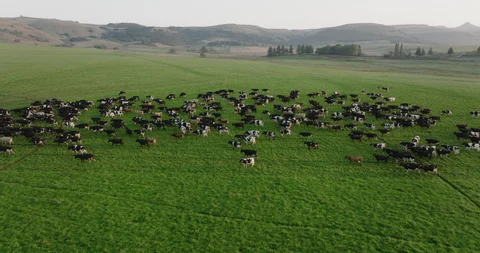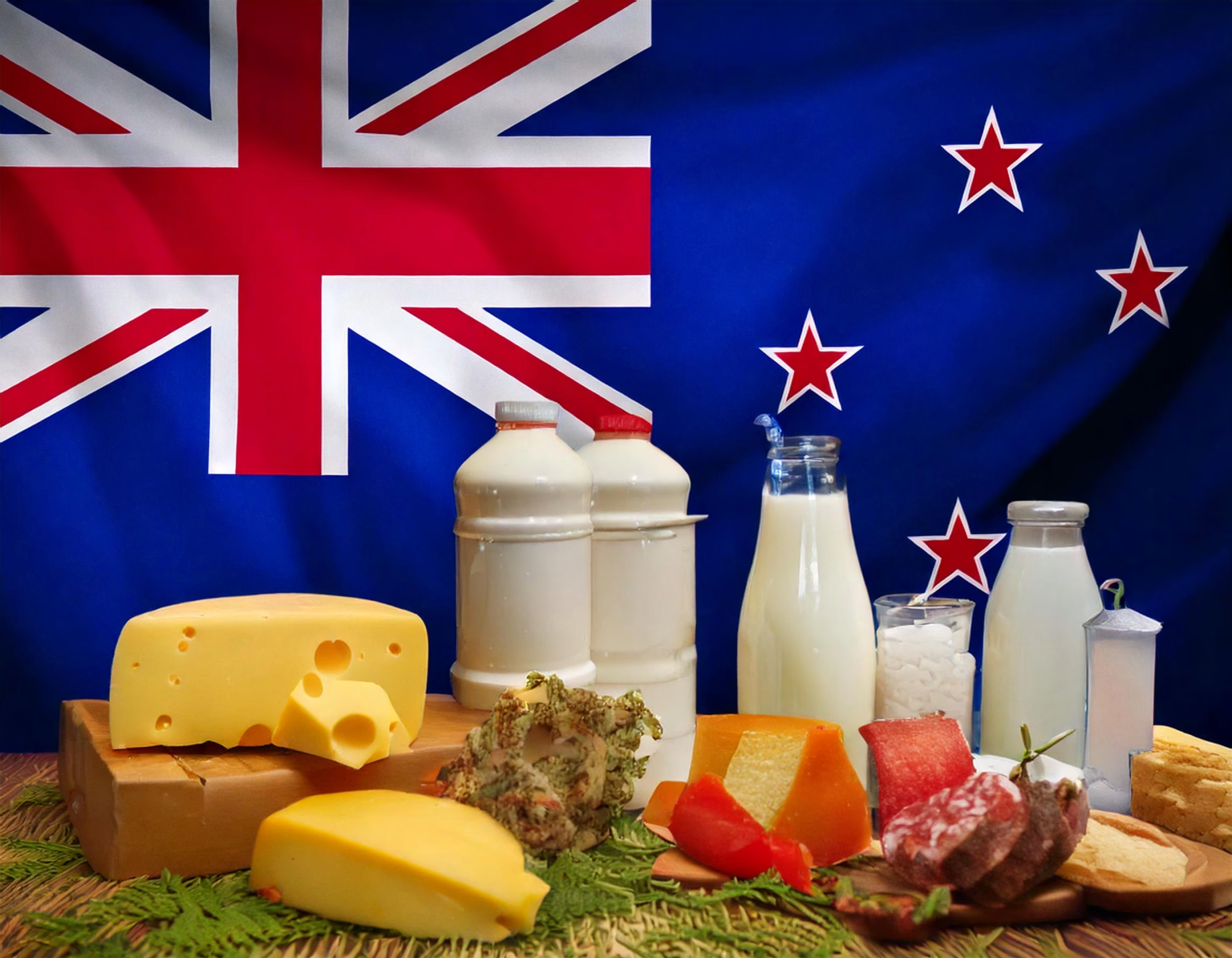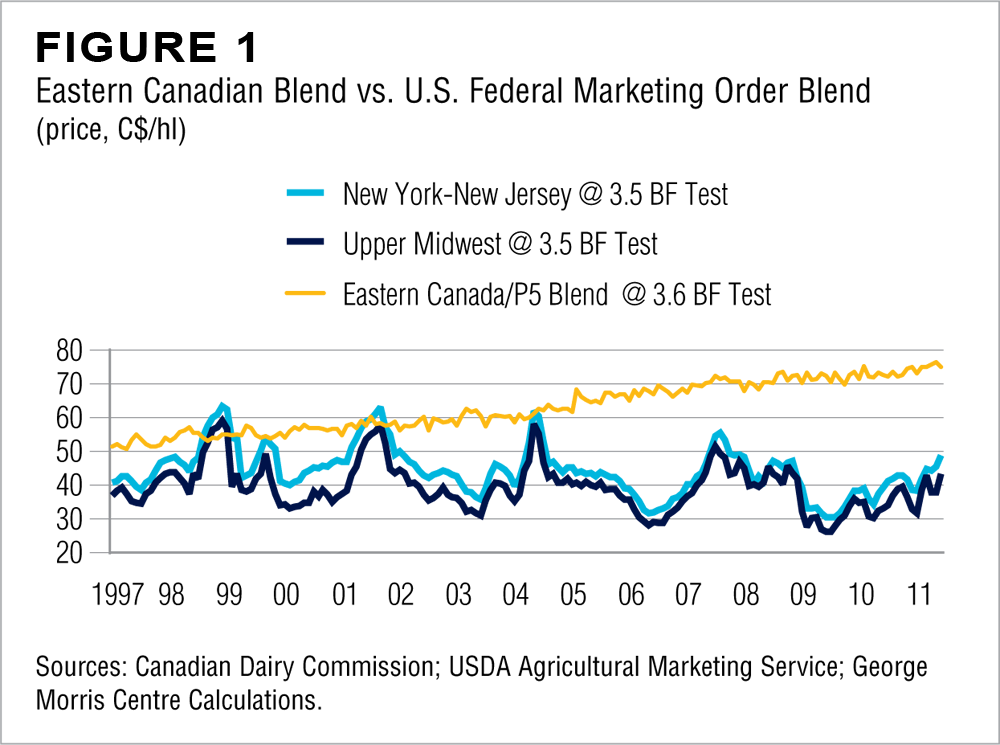NZ’s at 50% genomic bull usage while global leaders race ahead. Your farm can’t afford to wait much longer.
EXECUTIVE SUMMARY: Look, here’s what’s really happening out there. New Zealand’s genetic evaluation system got officially slammed as “not fit for purpose” by the 2024 DairyNZ report — and that should wake everyone up. We’re sitting at 50% genomic bull usage while our competitors are way ahead, and frankly, that gap’s costing us. Lincoln University crunched numbers on 127 Canterbury farms and found something interesting: spend $8,000 on a 300-cow operation, you could see $14,000 to $19,000 back annually. The tech behind this — LIC’s Single Step Animal Model — bumps up accuracy by 8%, which is massive when 60% of our cows are crossbreds. With global markets hungry for resilient genetics that can handle tough conditions, this isn’t just about keeping up anymore. It’s about getting ahead while there’s still time.
KEY TAKEAWAYS:
- Milk production jumps 8-15% with genomic selection — start by getting your replacement heifers genotyped early and watch the data guide your breeding decisions
- Fertility rates improve 10-20% when you use genomic data — integrate LIC’s Single Step Model results into your mating plans this season for measurable gains
- Somatic cell counts drop up to 40% with smart genetics — less mastitis means lower vet bills and higher milk quality bonuses hitting your bottom line
- Global crossbred demand is exploding in 2025 — source bulls with proven multi-breed genomic evaluations now, especially for tropical export markets
- Feed costs eating your margins? Genomic efficiency pays back fast — better converting cows stretch every feed dollar further in today’s tough input cost environment

The bottom line? Your neighbors are already doing this. Don’t be the last one to figure out that your phone really can pick better cows than your gut.
Pull up a chair, mate. The other day, I was chatting with an old-school Canterbury dairy farmer. This bloke’s been walking the paddocks long enough to spot a good cow with his own eyes. “I don’t need some fancy computer to tell me who to breed,” he said.
But these days? He’s swiping genomic breeding values on his phone right between milking sessions. What flipped the script? His neighbour’s genomics-selected heifers jumped ahead by a whopping 150 kilos of milk solids. That kind of leap wakes you up.
This ain’t just chatter over the fence – the 2024 DairyNZ Industry Working Group officially called our genetic evaluation system “not fit for purpose.” We’re standing still while others chase the future.
Late 2024 LIC data drops another bomb: only about half the AI straws in NZ are from genomic bulls. That’s lagging far behind other top dairy nations.
And the kicker? We’re genotyping around 40,000 cows. To compete at the highest level, we need over 400,000 in the game. It’s like trying to fill a paddock with a bucket when you need a tank.

The Economics: What’s Actually in Your Pocket?
Lincoln University’s 2024 study on 127 Canterbury farms shows the potential, though results vary by operation.
| Herd Size | Annual Investment (Approx.) | Potential Annual Return |
| 300 Cows | $8,000 | $14,000 – $19,000 |
| 600 Cows | $15,000 | $28,000 – $38,000 |
| 1,000+ Cows | $25,000 | $47,000 – $63,000 |
Data based on 2024 Lincoln University analysis of 127 farms. Individual results will vary.
Farmers involved in DairyNZ studies say the predictions generally match what the vat delivers. That’s coming from people who’ve heard plenty of promises before.
Tech Talk: SSAM — the Game-Changer
LIC’s Single Step Animal Model, SSAM, if you want to sound tech-savvy, is a leap forward.
Instead of separating pedigree, phenotype, and genome analysis, it handles it all at once — bumping up accuracy by around 8%. That’s massive, especially with NZ’s 60% crossbred herd.
Professor Ben Hayes from Queensland said it best: “If you nail multi-breed genomic evaluation, the future’s yours.”

The Pasture Problem: Why NZ’s Farm Setup is Different
Unlike our overseas mates with year-round calving herds, we pack all our calves into a tight spring window.
Mud, rain, and paddocks make sampling a logistical headache. Canterbury trials found pushing compliance from 60% to nearly 90% is doable — if you nail timing, weather, and team coordination. Mess that up, and you’re off the pace.
Ask any farmer who’s dealt with a wet spring and late contractors how that goes.
Aussies Nailed It First
Australia hit their stride when genomic reliability topped 70%. Farmers got on board fast because they trusted the data.
Their focused Holstein and Jersey reference herds nailed precision. No theoretical stuff — just results they could see in the milk vat.
From Rivals to Teammates: The Data-Sharing Revolution
Old rivalries? History. LIC, CRV, DairyNZ, and others are sharing data to get ahead.
Wayne McNee from LIC sums it up: “Genomic success requires population scale that exceeds any single company’s capacity. We’re either working together or we’re all falling behind.”
That’s a complete shift from the days when breeding companies treated genetic data like classified intel.
Who Crunches These Numbers?
Here’s the quiet powerhouse — NeSI and Genomics Aotearoa. Without their computing grunt, processing millions of genetic markers across hundreds of thousands of animals with complex family relationships just wouldn’t be possible.
The Global Angle: Crossbreds Rule
Most of the world’s dairy cows aren’t purebreds — they’re crossbreds. Pure Holsteins and Jerseys really only dominate in North America and northern Europe.
That means NZ’s expertise gives us an edge in tropical and emerging markets where crossbreeding is standard practice. They’re hungry for genetics that can handle environmental stress, disease pressure, and variable feed quality.
Africa’s even rolling out genomic tools made just for crossbreds. The demand is real and it’s growing.
The Skeptics’ Corner
Got doubts? Consider these results from NZ trials:
- Better Milk Production: 8-15%
- Improved Fertility Rates: 10-20%
- Lower Somatic Cell Counts: 25-40%
This isn’t marketing fluff — it’s real results from real farms showing up in milk vats and vet records right across both islands. However, remember that performance improvements vary significantly by operation and management system.
The $86 Million Question
NZ’s planning to invest $58 to $86 million over five years — serious money for building reference populations, computing infrastructure, and farmer education programs.
Countries that master crossbred genomic evaluation in the next five years will dominate global dairy genetics for the next fifty. Our 60% crossbred population — once seen as complicating genomic evaluation — is actually our competitive ace in the hole.
Time’s tight and the stakes are high.
Bottom Line
- For Farmers: Ring your breeding company about genomic testing today. Sitting still means watching your competitors bank the gains while you explain to your banker why your neighbors are consistently outproducing you.
- For Industry Leaders: Collaborate, share data, and grow reference populations. Success demands scale; no single company can achieve it alone.
The genomic revolution rewards early adopters and punishes those who hesitate. Simple as that.
Miss this and you’ll be on the wrong side of history.
Complete references and supporting documentation are available upon request by contacting the editorial team at editor@thebullvine.com.
Learn More:
- Genomic Testing: Are You Just Collecting Data or Actually Using It? – This piece provides practical strategies for turning raw genomic data into profitable on-farm decisions. It bridges the gap between testing and implementation, revealing how to leverage your results for better mating choices, culling strategies, and overall herd improvement.
- The Great Debate: ProCROSS vs CROSSBREEDING vs PUREBRED – This article breaks down the economics and long-term implications of different breeding strategies. It provides a strategic framework for evaluating which system best aligns with your operation’s goals for profitability, health, and resilience in a competitive market.
- Stop The Guessing Game: Using Genomics to Select for Health & Wellness – Explore the future of dairy breeding with this look at health-focused genomics. It reveals methods for selecting animals with genetic resistance to common diseases, helping you proactively manage herd health, reduce treatment costs, and improve animal welfare.
 Join the Revolution!
Join the Revolution!
Join over 30,000 successful dairy professionals who rely on Bullvine Weekly for their competitive edge. Delivered directly to your inbox each week, our exclusive industry insights help you make smarter decisions while saving precious hours every week. Never miss critical updates on milk production trends, breakthrough technologies, and profit-boosting strategies that top producers are already implementing. Subscribe now to transform your dairy operation’s efficiency and profitability—your future success is just one click away.







 Join the Revolution!
Join the Revolution!













